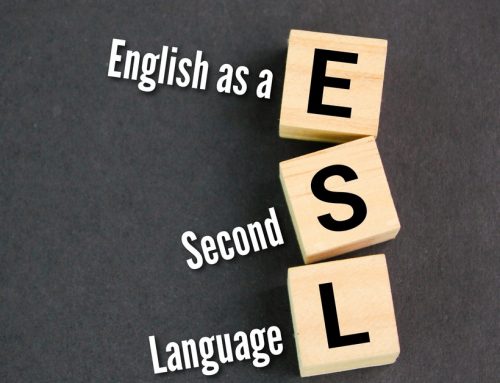As an international student studying overseas, you may find yourself part of a diverse student body. Students at CSI learn this very quickly because they attend classes with fellow students who come from different countries all around the world.
Being an international student in the US and enjoying a culturally diverse classroom should be a positive experience. But what’s it like to be in such an environment?
One challenge that students face is interacting with people of varying cultural, linguistic, and religious backgrounds. Today’s blog will discuss how international students in the US can get the best possible experience from cultural diversity in the classroom.
The Problem: So Much Diversity, So Much to Learn!
The traditional motto of the United States was “E Pluribus Unum,” which is Latin for “From Many, One.” It’s an interesting saying and is well-reflected in the American international classroom. If you’re a student here at CSI, then you spend each day in classes with students from diverse backgrounds; these are the “many.” Together you work towards your common goal, the “one.”
But when your classmates speak different languages, believe in different things, and have had different life experiences, how can you bring all of that together to make your classroom experience better, more fun, and more productive? This can be challenging. How can we come together as one despite our many differences?
Hopefully, the following tips will offer you some advice on interacting with students from different countries.
Interacting with Students from Different Countries – Helpful Tips
1. Use Your Common Language; Talk to Each Other
Having a dialogue with another person is the best way to break down barriers and build bridges between different peoples, and English is your tool to bridge the language gap. Just think back to any of your friendships at any time in your life. Didn’t all of them start with a simple conversation? Ask your classmates about themselves, inquire about their interests, their hobbies, and what they love in their lives.
Simple questions and conversation starters are like the first rays of light you see at sunrise. As the back and forth continues, your confidence grows, you find more in common with these “different” students, and soon you take an important step closer to becoming “one” as a group.
2. Keep an Open Mind
The next important tip to remember is to always keep an open mind. Even when we have established a common language and broken the ice with conversation starters, there is still room for misunderstanding.?
During classroom dialogue, there are bound to be some differing views on various topics. Our personal views are closely tied to our background and upbringing, and it takes the opinions of others to show us just how many different viewpoints there really are in the world. Use an open mind and remember that we have two ears and one mouth, so we should listen twice as much as we speak.
3. Instead of Making Statements, Ask Questions
After breaking the ice and listening carefully to others, try to respond to other people’s ideas and thoughts with questions. Asking each other questions causes everyone in the room to reflect and consider what they are saying and does so without passing judgment and causing rifts between us. It’s much better to talk and get clarification to prevent simple misunderstandings.
4. Build on Common Ground
As you communicate more with your classmates, you begin to discover more and more things that you have in common. These common points become the foundation of your improving interaction and future friendships with members of your class. When you discover those things, hold on to them, keep them in mind and then build from there. Over time, the differences become increasingly meaningless, and the similarities become the glue that holds your new mini-community together.
5. Learn More About Your Own Culture
You might think that you know everything there is to know about your own culture, but when your classmates ask you questions about it, do you struggle to answer? Once again, questions that we don’t expect often come from people with differing viewpoints and backgrounds. So, we should take questions as an opportunity to explore more about our own culture to help us all learn more.
The important thing here is that everyone becomes a little more humble as they realize that they may not know about everything about their own culture. This humility is very useful for creating a more relaxed and open environment for a diverse classroom to get along and focus on the things you have in common.
6. Be Patient
Finally, and probably the most helpful tip of all for students in a diverse international classroom setting, is to be patient, give others time to express themselves, and wait for your time to respond and speak. Patience between members of such a diverse group will go a long way to maintaining good communication and friendly attitudes.
Summing it All Up: Be Yourself
We hope that you find these tips useful and that they will help you interact more effectively in your culturally diverse classroom.?
We want your time here at CSI to be enjoyable and productive in helping you achieve your goals.?






